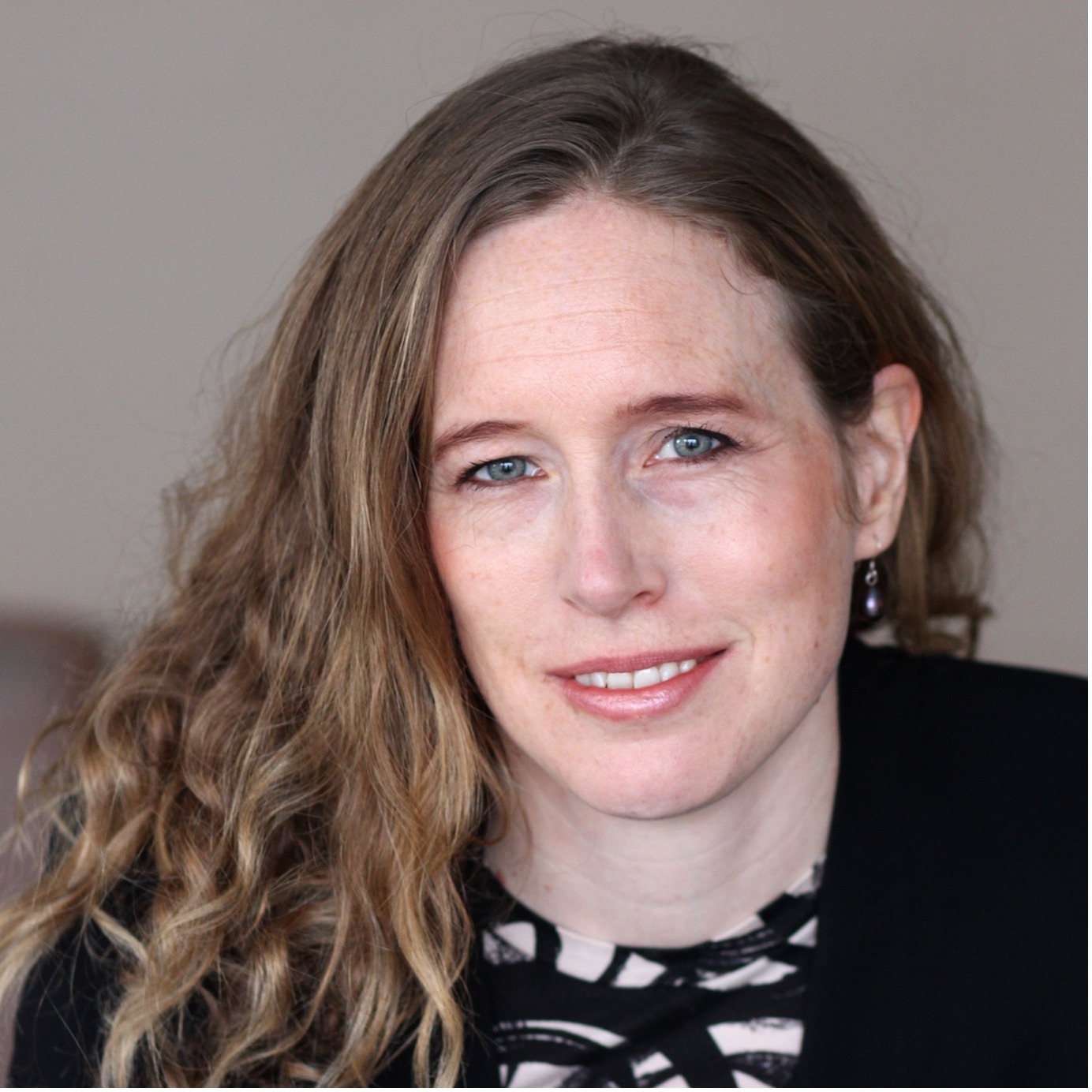Research Intrests
In vitro models
Disorders of the central nervous system (CNS), such as brain tumors or neurodegenerative and neuropsychiatric diseases, are skyrocketing. Nevertheless, drug development for CNS disorders is marked by high failure rates and proved cumbersome to the point that many pharmaceutical companies stepped back from CNS research.
To address the urgent need for reliable, human-relevant in vitro models, our research focuses on recreating microphysiological systems of human tissues, often referred to as Organ-on-Chip (OoC) systems. Using our profound expertise in stem cell engineering, particularly human-induced pluripotent stem cells (hiPSCs), we can build patient-specific, and physiologically highly relevant in vitro replicates of in vivo biological functions. We further develop organic electronics or bioelectronics stimuli and readouts for real-time functional assessment of the on-chip tissues. Aiming for a deeper understanding of neuronal interactions with other neural and neurovascular cells, specifically in terms of metabolic function and neuronal activity, we have exploited both the hiPSC and OoC technology for creating advanced models of the human neurovascular unit suitable for drug biodistribution and cell-cell interaction studies.
While our group’s focus is on the development of hiPSC-derived CNS models, we have recently also contributed to the establishment of gastrointestinal and cardiac microfluidic models.
Organic bioelectronics
The organic bioelectronics Team in Herland Lab focuses on organic mixed ionic/electronic conductors for sensing and recording of electrophysiological signals. Starting from the chemistry of the core components, our research integrates aspects of device engineering with the aim to fabricate fully functional and biodegradable electronic devices. The core technology is centered on the organic electrochemical transistor: a three-terminal device that uses the mixed conductivity of organic conductors to transduce ionic signals into electronic ones and vice versa. Our work is very applied, and the devices are designed according to the final application, such as biosensing or improving the recording capability of in vitro models – e.g., stem cell-derived cardiomyocytes and neuronal systems.
Group Members
Dr. Erica Zeglio
Dr. Polyxeni Nikolakopoulou, Postdoc
Dr. Hanie Kavand, Postdoc
Dr. Rohollah Nasiri, Postdoc
Dr. Julia Rogal, Postdoc
Dimitrios Voulgaris, Ph.D. Student
Saumey Jain, Ph.D. Student
Sebastian Buchmann, Ph.D. Student
Open positions
We are always looking for talented students who are passionate about science and curious to delve into in vitro modeling of the human CNS and organic bioelectronics.
